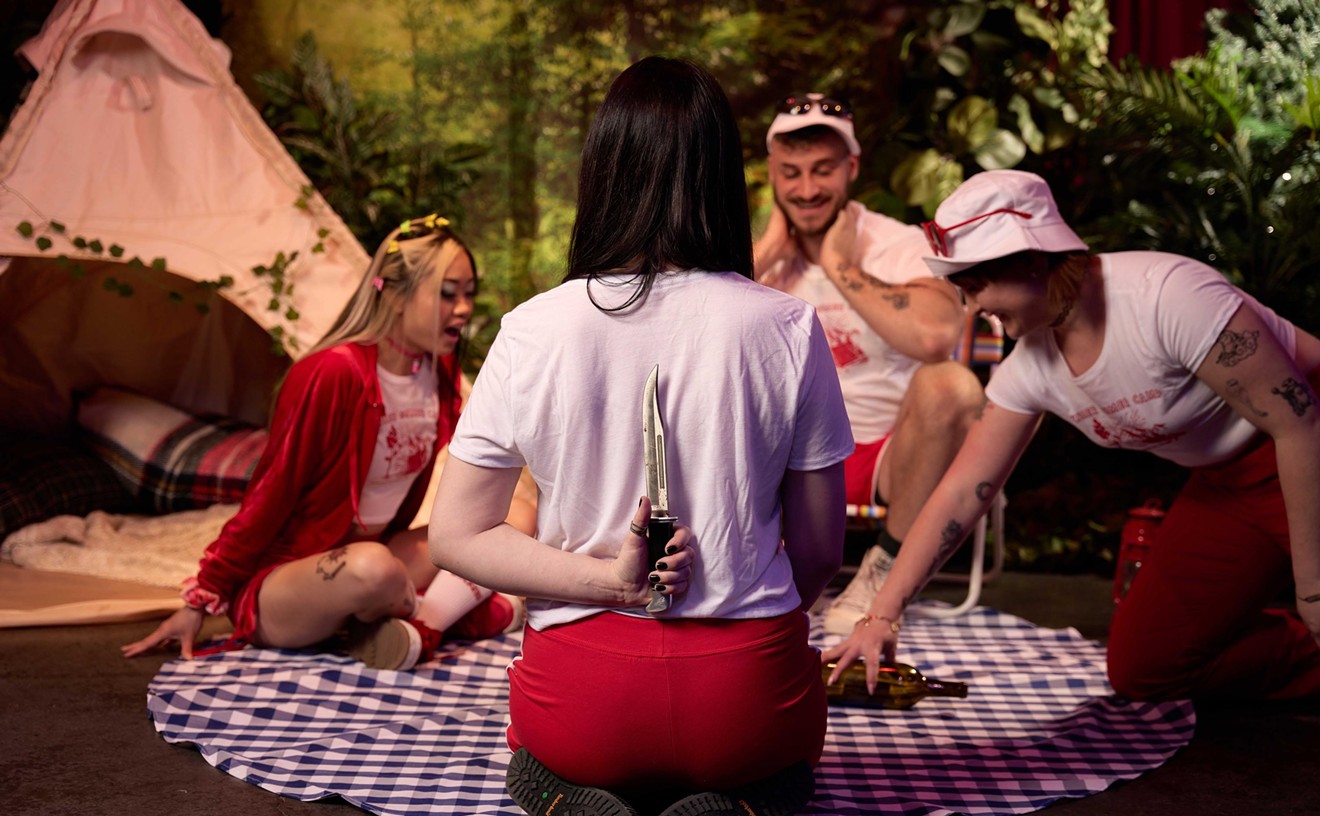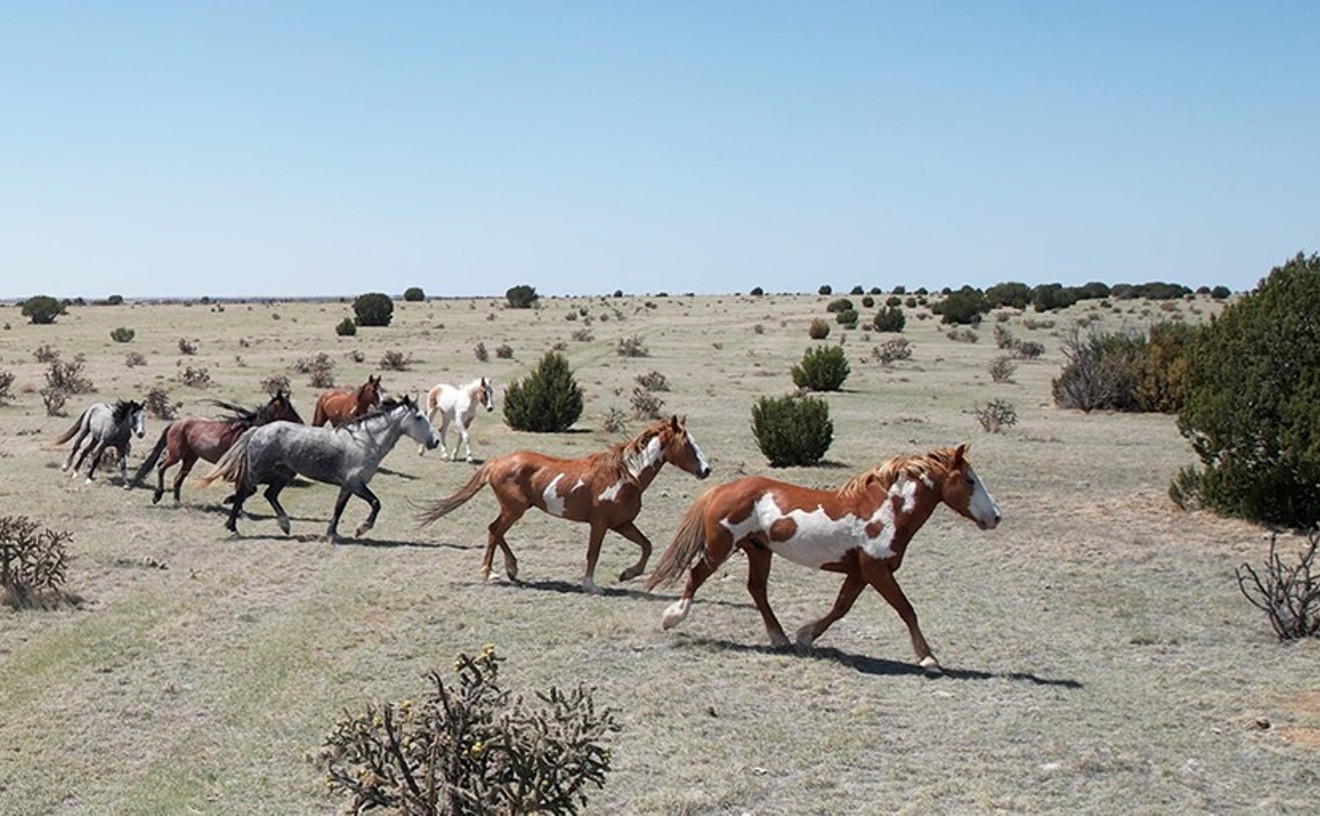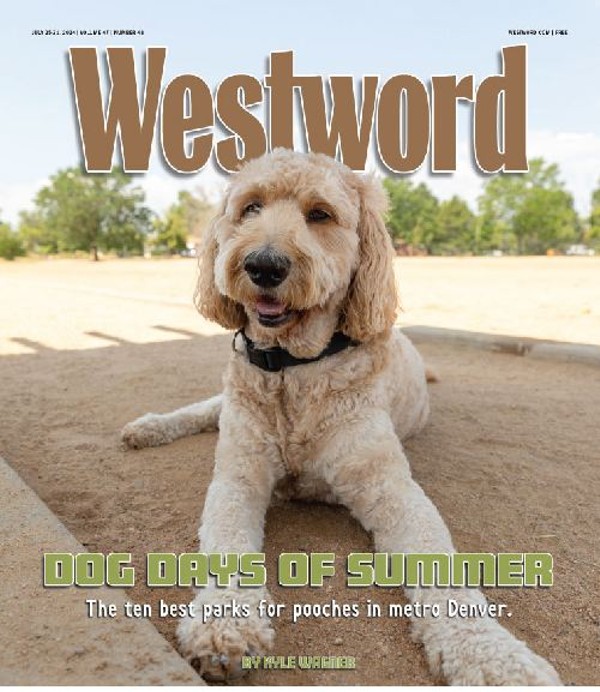So we checked in with Dr. Ryan French, scientist at the National Solar Observatory and author of The Sun: Beginner’s Guide to Our Local Star, for a preview of what we can expect.
What Time Is the Solar Eclipse in Denver?
Denver, which sits over 650 miles from the total eclipse path, will experience a partial solar eclipse. Partial solar eclipses, where the moon partially blocks the sun, are significantly less impressive than a total solar eclipse, but still worth the watch, French says. The rest of Colorado, alongside the majority of the nation (including Hawaii, but excluding Alaska), will experience a partial eclipse of some kind.As the shadow of the moon races across the continent at thousands of miles per hour, Colorado residents have a window of around two and a half hours to view the partial eclipse. In Denver, it will start at 11:28 a.m., then reach 65 percent at 12:40 p.m., and end at 1:54 p.m.
What Will Happen During the April 8 Eclipse?
A total solar eclipse will be visible from a narrow, 115-mile path across the United States. The total eclipse path, which enters and exits the United States in Texas and Maine, will see the moon fully block out the sun, and provide a unique view of the sun’s tenuous atmosphere (known as the corona), French reports.Solar eclipses occur as the new moon passes between the Earth and sun, partly obscuring the view of the sun for certain regions of the world. Whether you view a total or partial eclipse depends on whether the sun is fully or just partially blocked from your location. Although the new phase of the moon happens every 29 days, a slight tilt between the moon-Earth and Earth-sun orbits means alignment of the three objects happens far less frequently.
Although different regions of Colorado will witness a different percentage of partial eclipse, there isn’t much difference in experience between a 10 and 90 percent partial eclipse, French notes. To get a better experience than this, you’ll need to travel out of state to the path of the total eclipse — to Dallas, for example, which is the closest drive from Denver to the path of totality. Or catch a quick flight to Indianapolis. (For the 2017 eclipse, you only had to drive as far as Casper, Wyoming.)
How Do You Watch an Eclipse?
During a partial eclipse, it is never safe to look at the sun directly with the unaided eye, French warns. The best way to view the eclipse is with eclipse/solar viewing glasses, which can be purchased online while stocks last. Local libraries, museums and schools may also have limited availability.If you can’t find solar/eclipse viewing glasses, it’s also possible to experience the partial eclipse via reflections and shadows. By poking a hole in some paper, you can project the shape of the partial eclipse onto the ground. Shadows passing through trees, or even your own hair, will also cast the shape of the eclipse. This will be the most dramatic at the maximum phase of the partial eclipse in your location.
If You Can Wait Until 2045...
If you can hang on for two decades, 2045 will bring a total solar eclipse to Colorado, passing directly over Grand Junction and Colorado Springs, and even the southern half of Denver.If you don’t want to wait that long or can’t travel, there are options to stream the April 8 total solar eclipse online. Colorado-based scientists from the National Science Foundation’s National Solar Observatory (based in Boulder) will be traveling to Texas to livestream the event.
Yes, There Will Be Some Special Events...
While the big bashes are in the path of totality, there will be some special events along the Front Range, including:Denver Museum of Nature & Science Eclipse Extravaganza
Monday, April 8, 9 a.m. to 2 p.m.
2001 Colorado Boulevard
In the Planetarium — at 9:30, 10:15, 11 and 11:45 a.m. — there will be family-friendly, thirty-minute presentations all about the eclipse: how to safely view it, what creates a total eclipse, and so much more. General admission or membership required in addition to $5 tickets; get them here (if they're not sold out). If tickets are gone to the DMNS program, you can also simply gather on the lawn of Boettcher Plaza outside the museum for free activities. There will be instructions on how to make UV bead bracelets with beads that change color in the sun, how to make designs in solar paper that changes color in the sun, and also how to make a sun-moon yardstick with household materials. Volunteers will also bring out museum telescopes to view the eclipse. Learn more here.
The Eclipse Event
Monday, April 8, 9:30 a.m.
Heller Center Studio, University of Colorado Colorado Springs
View the partial solar eclipse (glasses provided) and watch NASA’s coverage. Admission is free; learn more on the UCCS website.
Solar Eclipse Viewing
Monday, April 8, 10:30 a.m. to 2 p.m.
U.S. National Science Foundation National Center for Atmospheric Research Mesa Lab, Boulder
In Boulder, the partial solar eclipse will begin at 11:28 a.m. and reach a maximum of about 70 percent coverage of the sun at 12:40 p.m. During the eclipse, the Mesa Lab will have free, hands-on activities and solar viewing opportunities for the whole family. Find out more here.
Eclipse Programs at Chamberlin Observatory and University of Denver
Monday, April 8, 11 a.m. to 2 p.m.
Observatory Park and DU Campus Green
Although Denver is not in the path of totality, Jennifer Hoffman, professor of astronomy at DU’s College of Natural Sciences and Mathematics, says it’s worth looking up to see the new moon block out 65 percent of the sun. “Partial eclipses are easy to observe but still rare and wonderful,” Hoffman says. “They give us a chance to physically experience our place on Earth as a part of the larger solar system. The next partial eclipse visible from Denver won't be until 2029, so this is a great chance to witness a cosmic alignment. If you check every few minutes, you'll be able to see the moon creeping slowly across the face of the sun.” DU is hosting two events: The Denver Astronomical Society will stage an eclipse viewing party at Chamberlin Observatory beginning at 11 a.m. and concluding at 2 p.m. And the DU Society of Physics Students will be setting up eclipse glasses and other viewing equipment on the Campus Green (the main quad on campus) starting at 11:30 a.m. and concluding at 1:30 p.m. Admission is free to both events; find out more here.
The Science of a Total Solar Eclipse
Monday, April 8, 10:55 a.m., online
Watch the eclipse totality from Dallas! This educational eclipse livestream, produced by the National Science Foundation 0in collaboration with the Boulder'based National Solar Observatory, features the NSF Daniel K. Inouye Solar Telescope and several NSO solar scientists. It's free to watch here.
Get Your Eclipse Glasses Here!
All four locations of the Tattered Cover are selling solar eclipse glasses for $3.99 (while they last); you can also pick up books on eclipse science and history. Learn more at tatteredcover.com.And Sun Market near City Park says it has glasses for $2.99 right now.
Do you know of an eclipse-related activity in metro Denver? Send information to [email protected].












